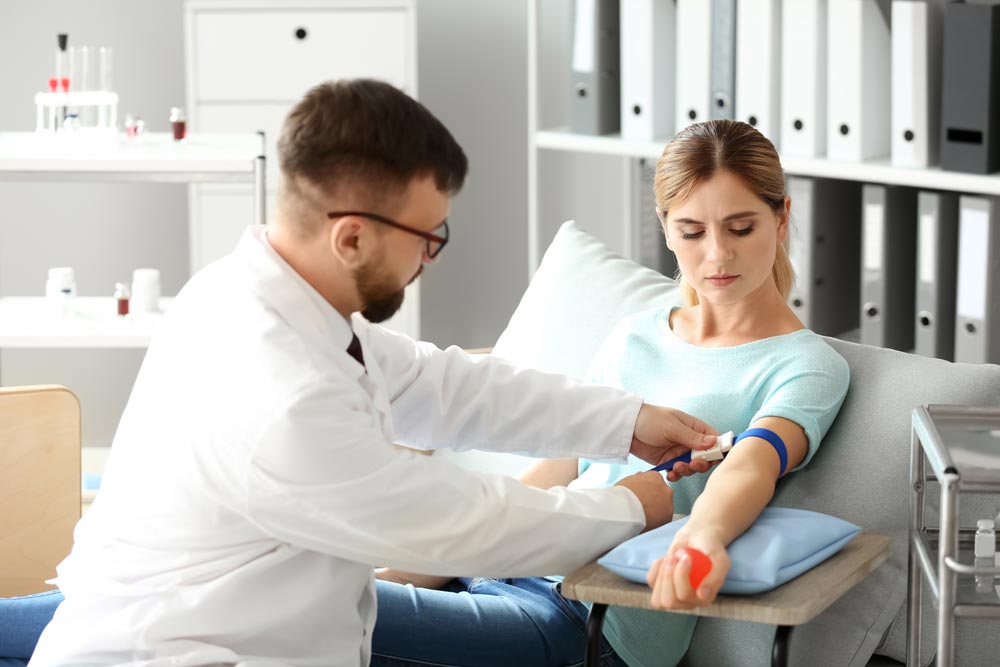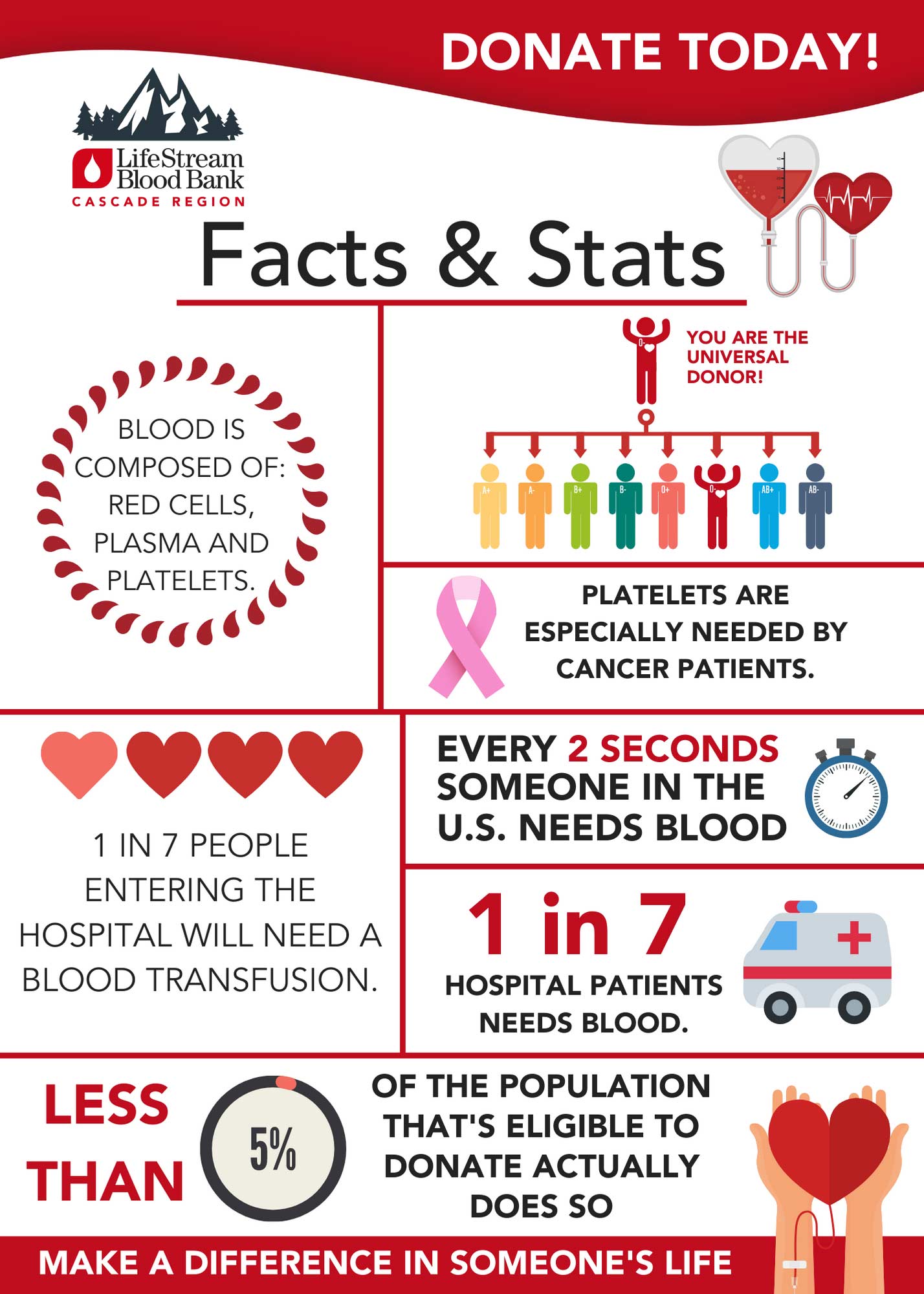
Blood is in continuous demand. Blood supplies at hospitals are used for emergencies, surgeries, and consistent care of chronic conditions. Your contribution saves countless lives!
• One donation can benefit multiple patients. Red blood cells, plasma, and platelets are separated, stored, and distributed individually after collection.
• Blood is essential for medical treatments. It can only be sourced from generous donors; it cannot be manufactured.
• Blood is comprised of three main components: red cells, plasma, and platelets. Blood serves diverse medical needs.
• Red blood cells typically have a shelf life of only 42 days after collection. Continuous donations are vital to maintaining the available supply.
• Apheresis is a specialized collection method which allows donors to contribute specific blood components required by patients, like platelets.
• Cancer patients who rely on platelets urgently require these donations. Platelets must be utilized within 5-7 days of collection.
• Continuous donations are crucial, especially for platelets, as demand is constant.
• All blood types are vital for patients, with the demand for type O negative being particularly high due to its universal compatibility.
• One in seven hospital admissions necessitates a blood transfusion.
• 60% of healthy Americans can donate blood, but less than 5% do. If donors gave two times a year, blood shortages could be prevented.
• Blood comprises 8% of the human body and has a fundamental role in sustaining life.
• Every two seconds in America, someone needs blood!
1 in 4 individuals will require a blood transfusion at some point in their lives.
• A liver transplant recipient typically needs 45 units of red blood cells, plasma, and platelets.
• Heart surgery patients may need up to 7 units of red blood cells and platelets.
• Marrow transplant recipients may need up to 45 units of red blood cells and platelets.
• Trauma victims can require up to 50 units of red blood cells, platelets, and plasma.
• Sickle cell anemia patients need 2 to 10 units of red blood cells per treatment.

